The construction industry runs on timing — the right crews, the right equipment, the right financing. But as interest rates stay high and bank lending standards tighten, many contractors are realizing that their balance sheets are carrying more weight than they should.
The next 12 to 18 months will determine who’s ready for the next cycle — and who’s forced to react when capital gets more expensive. Now is the time to take a hard look at debt structure, cash flow, and asset leverage before the 2026 market reset.
The Post-2020 Debt Hangover
Between 2020 and 2022, easy credit and strong backlogs drove record equipment purchases across the construction industry. Contractors expanded fleets, financed growth, and locked in long-term loans at historically low rates.
Fast-forward to today: those same assets are still productive, but their debt terms may no longer align with market realities. Variable-rate loans have reset. Lines of credit are stretched. Banks have tightened collateral requirements.
Why 2026 Is a Key Turning Point
By 2026, a wave of commercial and equipment loans originated during the low-rate era will come due. At the same time, federal infrastructure funds are winding through the pipeline, creating both opportunity and volatility in the bidding environment.
Contractors will be caught between two forces:
- Tighter credit from traditional banks — especially for borrowers with leveraged balance sheets or uneven cash flow.
- Increased demand for working capital to pursue new projects and cover longer payment cycles.
Those who restructure debt now will enter that window with more stability and confidence.
What a Balance Sheet Reset Looks Like
A “reset” isn’t about starting over; it’s about realigning. For contractors, that often means:
- Refinancing variable-rate notes into fixed-rate loans that smooth monthly payments.
- Consolidating multiple sources of debt (bank loans, lines of credit, captive OEM financing) into a manageable structure with clear visibility.
- Freeing up working capital by unlocking hidden cash in existing equipment equity.
- Releasing collateral pressure by shifting from restrictive bank covenants to flexible, asset-based structures.
For example, a grading contractor with $5 million in financed assets might restructure those obligations into a blended 60-month term, lowering monthly outflow by $35,000 and freeing liquidity for payroll, materials, or new bids.
That’s not financial engineering — it’s strategic breathing room.
The Advantage of Independent Lenders
Bank lending remains vital to the industry, but many traditional institutions are operating with less flexibility and higher documentation standards than in past cycles. Independent lenders like Equify are designed to fill that gap.
Because Equify underwrites based on real-world asset values and operator experience, not just credit ratios, we can often create solutions that:
- Rebalance equipment debt without penalizing growth.
- Preserve ownership and operational control.
- Move quickly when timing matters most.
In a market where time kills deals and opportunities, independence matters.
What Contractors Should Do Now
The most resilient companies over the next 18 months will be the ones that:
- Audit their debt load. Know every term, maturity, and covenant.
- Evaluate refinancing options early. Don’t wait for renewal notices — rates, collateral requirements, and advance rates will change.
- Rebuild cash flow predictability. A smoother monthly debt curve improves forecasting and lender confidence.
- Partner with experienced lenders. Work with people who understand equipment, not just spreadsheets.
A proactive debt strategy today means the ability to say “yes” to growth tomorrow — instead of scrambling.
The Bottom Line
Debt isn’t the enemy. Unstructured and non-strategic debt is.
The contractors who use the rest of 2025 to rebalance, refinance, and reset their balance sheets will walk into 2026 with options, not obligations.
Equify Financial helps contractors and operators build those options with relationship-driven lending solutions tailored to real-world assets and business realities.

